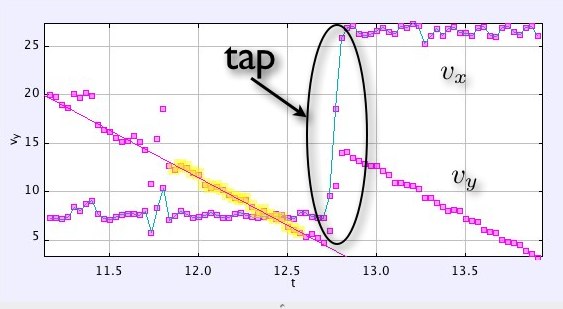Some things just blow our minds here at iDB. One such thing is the lengths some people will go to in order to analyze something that most of us find mildly interesting at best, and the epitome of that is the work WIRED‘s Rhett Allain has been doing on the Angry Birds games.
Now, don’t take that as a sign that we don’t think his research is indeed super awesome, because it is. It’s just that we’re not convinced we find it as awesome as Rhett does. Or, perhaps, we’re just not clever enough to get our collective heads around it!
The series of posts that Rhett Allain has been working on delve into the inner workings of Angry Birds, and more importantly, into how we can better understand the game with the aim of flinging birds from catapults. Told you it was awesome…
But why would you want to go to all the work of delving into something like this? Well, why not?
“But what about the physics? Do the birds have a constant vertical acceleration? Do they have constant horizontal velocity? Let’s find out, shall we? Oh, why would I do this? Why can’t I just play the dumb game and move on? That is not how I roll. I will analyze this, and you can’t stop me.”
Well played, sir. Well played indeed.
Here’s an excerpt of the geeky goodness:
Just to check, let me make a plot of the magnitude of the velocity right before the tap vs. the acceleration during the tap. Oh, it looks like all of the shots have the yellow bird accelerating (due to the tap) for 0.067 seconds. Of course this acceleration could just be due to the screen capture frame rate.
It doesn’t look like there is a simple relationship here. It also doesn’t look like the tap-acceleration is constant. The magnitude of this acceleration ranged from 124 m/s2 to 336 m/s2.
If you’re of the mathematical persuasion, and just can’t stand to see those smug pigs any more, then head on over to WIRED and put your math hat on.
[iO9]

